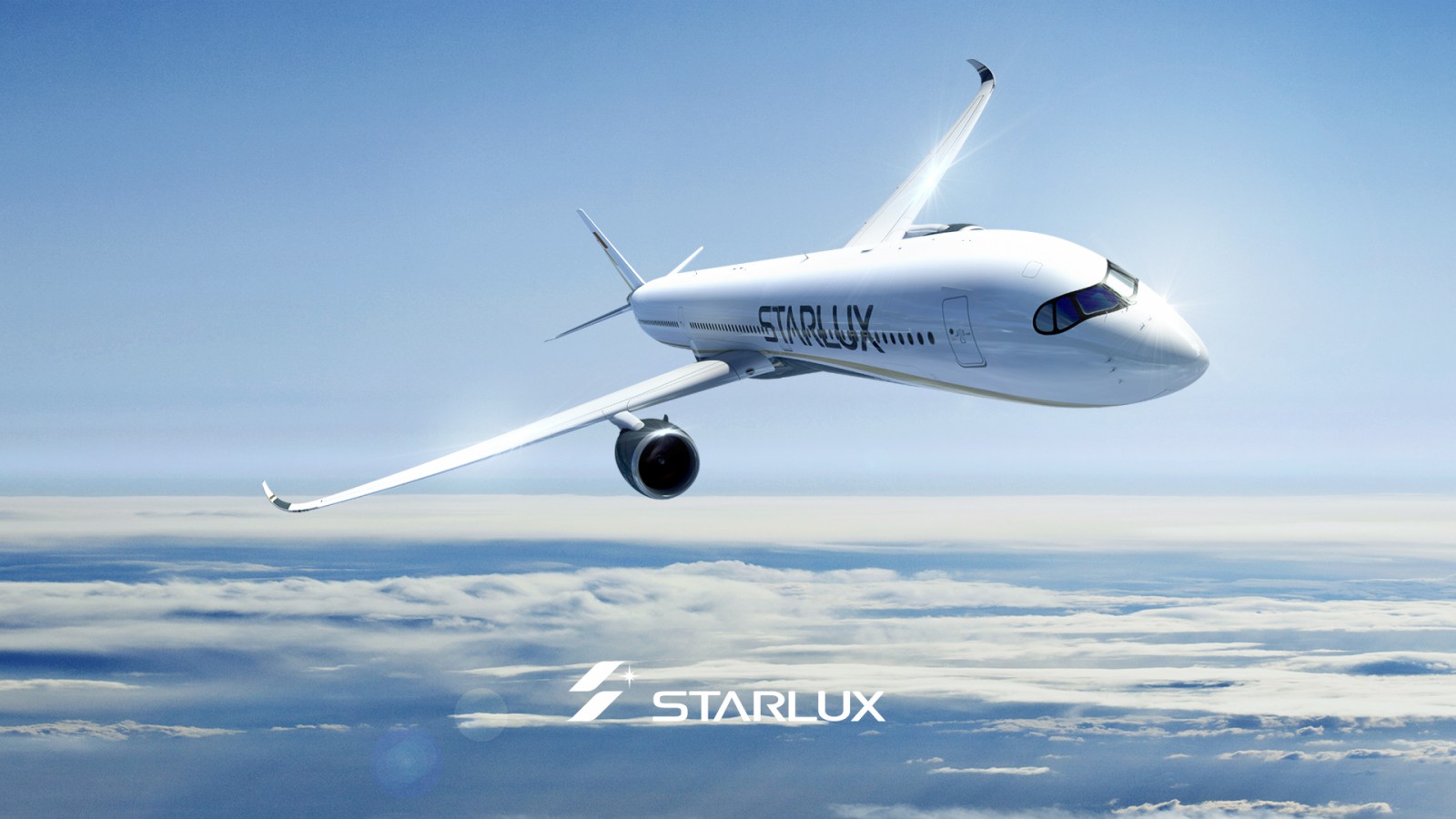Whenever a new airline is founded these days, one has to take it with a pinch of salt, especially if it’s anything more than a low-cost carrier.
Making a full-service airline with business class work — especially in a market with multiple competitors who are part of the world’s large airline alliances — is hugely complex.
Enter Taipei-based Starlux, a startup backed by Chang Kuo-wei, a former senior executive with EVA Air, ousted from the company after a struggle for power several years ago.
The market incumbents are relative giants: Nikkei quotes China Airlines’ fleet sitting at 83 aircraft serving 152 destinations, with EVA at 77 aircraft covering 62 destinations.
READ: Is it a car? Is it a plane? Meet Embraer’s visionary bizjet.
Both have invested heavily in their fleet and hard product in recent years, particularly in their premium cabins.
It is thus fascinating that this is the end of the market that Starlux intends to compete in.
It’s entirely possible, of course, that Chang’s understanding of the cost base of the two legacy airlines (China Airlines is 60 years old while EVA is 30) means that management sees clear blue water between minimum costs and fare yields.
It certainly doesn’t feel like they’re cutting corners in the passenger experience department, with fully-featured seats and modern inflight entertainment systems in both business and economy classes, as well as free basic Internet connectivity.
Up front, it’s two rows of Collins Aerospace’s stalwart Diamond seat in its usual 2-2 configuration, for a total of eight seats. Diamond is one of the two seats most often seen on longer-haul or premium-focussed narrowbodies, the other being the Thompson Vantage staggered product that is perhaps best known as the jetBlue Mint seat.
It looks like the airline’s partner BMW Designworks — itself an impressive partner in the effort to start an airline — has earned its keep here.

The airline says that its business class is “settled and tranquil, employing relatively dark and elegant colors to evoke the majesty of the galaxy. While the cushions and privacy dividers are a classical dark grey and rose gold the color of Cashmere Silver inspired by BMW adds a futuristic, hi-tech touch to the back shells.”
The overall effect is attractive and distinctive, not least because it is rare to find an airline doubling down on the darker colours in its brand palette, despite the success of those who have: the Delta ONE Suites, for example, or the United Polaris seat, both of which leverage the deeper tones.
https://www.youtube.com/watch?v=YrGKSDGn4eU
Down the back, economy is more standard, but still offers a full inflight entertainment system and USB power. It’s certainly well up to standard for the region, and better than quite a few competitors.

The problem for any small airline, particularly one offering a premium cabin, is that a substantial part of the economics for business class stack up as the result of connecting passengers between its longhaul and shorthaul or regional network.
And it’s here that Starlux’s fleet plans are somewhat odd. It plans to take a mix of Airbus narrowbody A321neo and widebody A350 aircraft, with ten A321neo, five A350-900 and twelve A350-1000 twinjets on order.
This is a curious ratio of narrowbody-to-widebody aircraft — one would ordinarily expect substantially more narrowbodies per widebody in order to funnel connections — unless Starlux is expecting an unusually amount of demand from its domestic market outbound and regional tourism inbound.
Deliveries of all ten A321neos are scheduled to be complete by the end of 2021, while the A350s will only start being delivered in that year, through 2024, meaning that the narrowbodies will have a couple of years to drum up demand and get the brand known before the widebodies arrive.
That will be a crucial inflection point for Starlux: will the airline fill its A321s before its A350 arrives — and will it source further narrowbodies to serve as connecting markets for its route network?
























